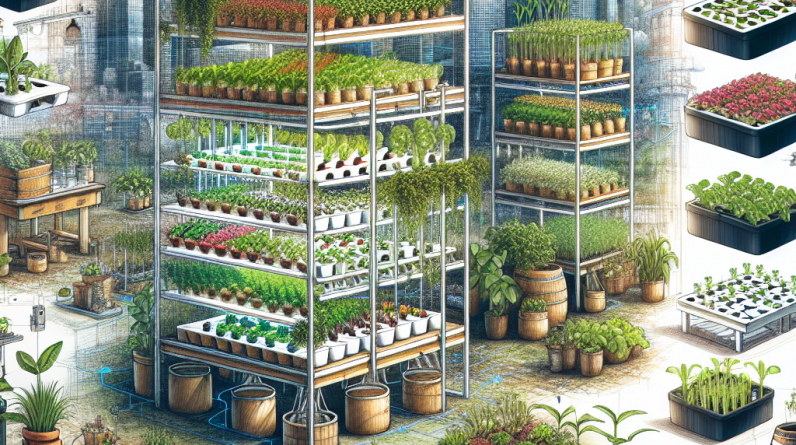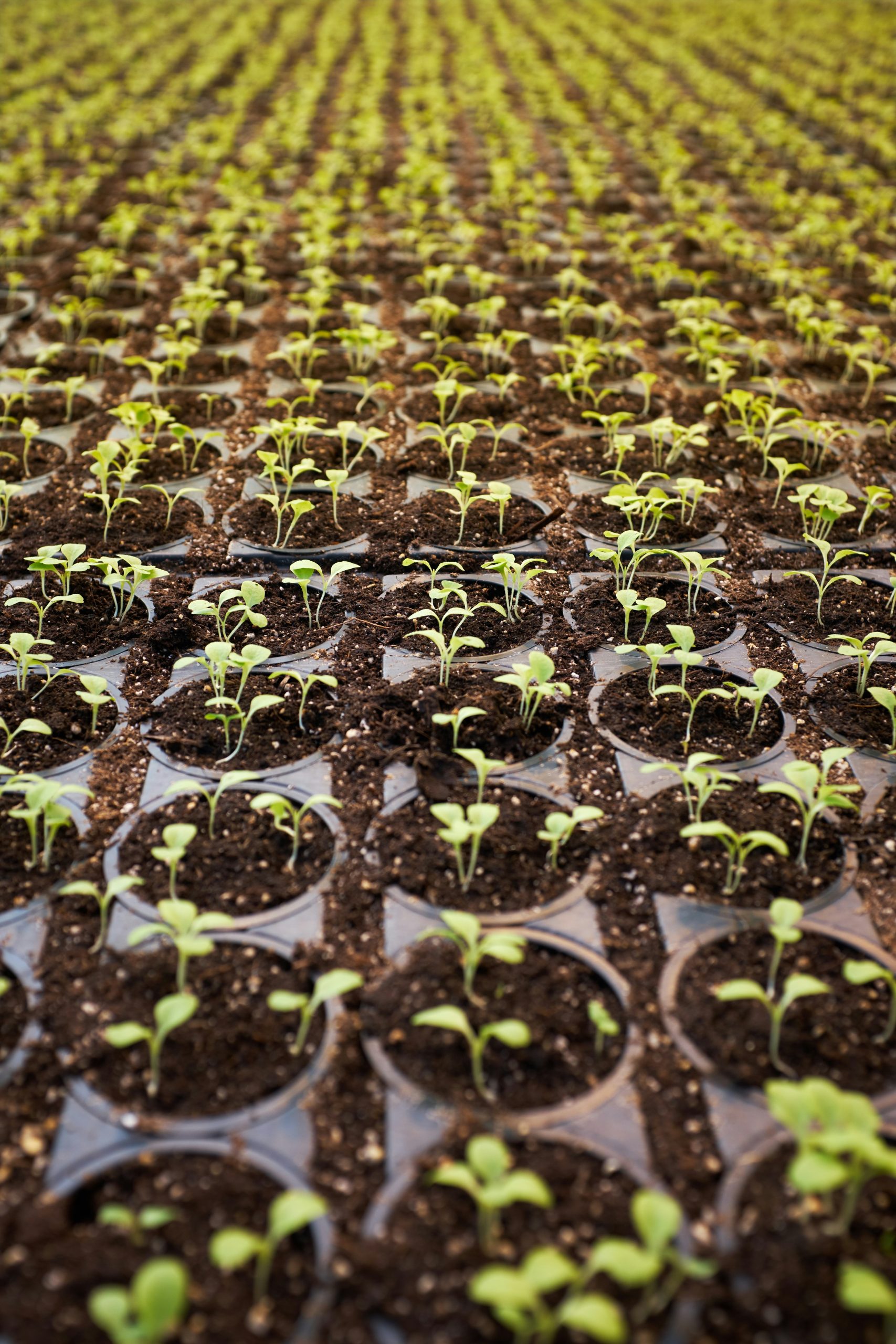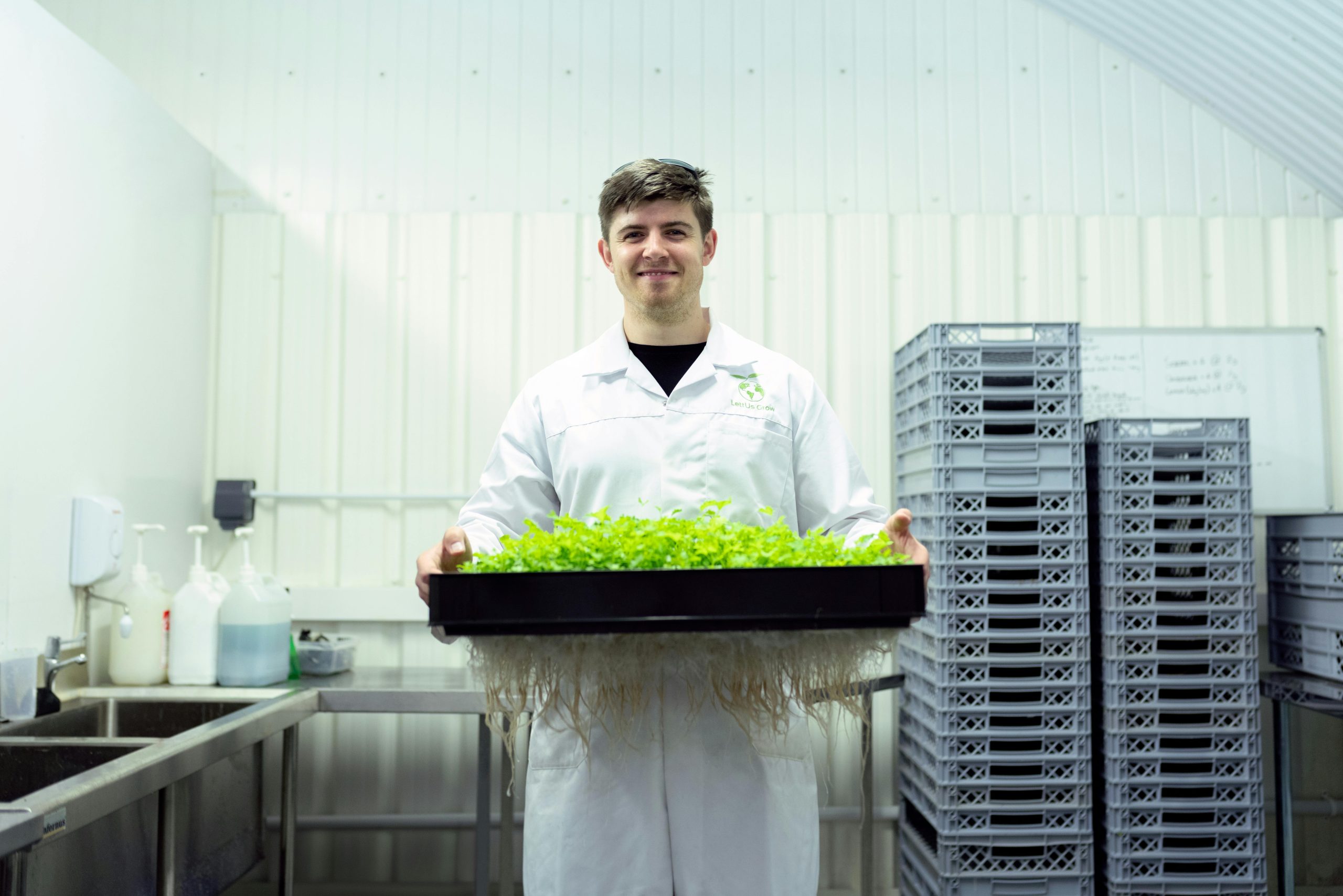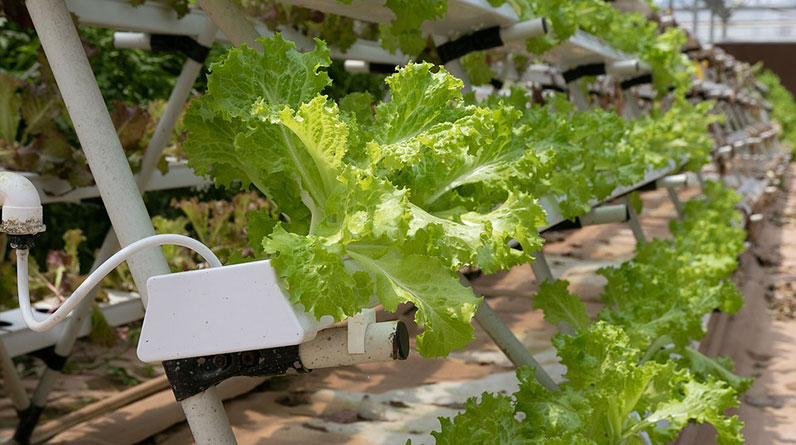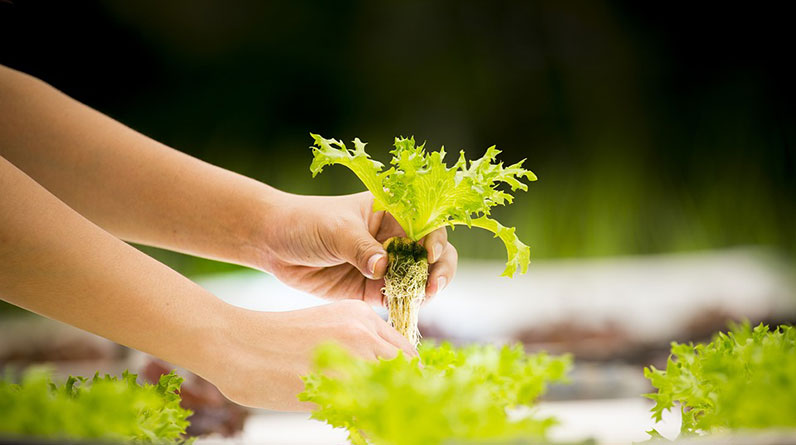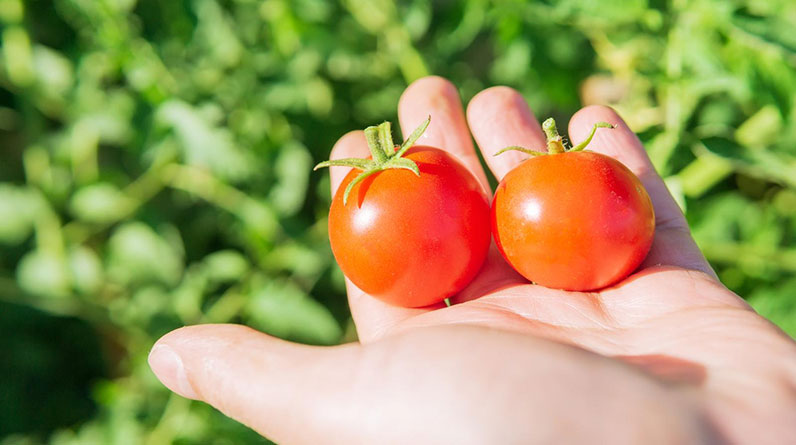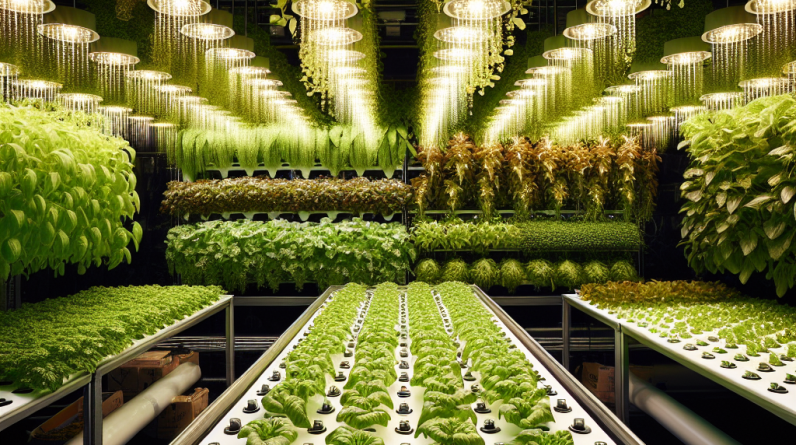
Understanding Light Requirements
The Role of Light in Photosynthesis
When I first started my hydroponic garden, I had no idea just how crucial lighting would be for my plants. You see, light is the primary energy source for photosynthesis, which is the process plants use to convert sunlight into food. Without adequate light, even the most beautiful of plants can struggle to thrive. So, getting comfortable with the different types of light is your first step to gardening glory!
Moreover, the type of light your plants need can vary from one species to another. Some plants flourish under intense lighting, while others prefer dimmer conditions. As a beginner, I found it essential to research the specific light requirements for each type of plant in my setup. It made a world of difference in how my garden progressed.
Also, don’t forget about the light spectrum! Plants absorb different wavelengths of light—blue light encourages leafy growth, while red light supports flowering and fruiting. Grasping these concepts will help you select the right light for your hydroponics adventure.
Choosing the Right Lighting System
Types of Grow Lights
Choosing the right lighting system can feel overwhelming—trust me, I’ve been there! I’ve experimented with several types of grow lights over the years, and honestly, each has its pros and cons. From fluorescent lights, which are affordable and energy-efficient, to LED lights, which have become all the rage, there’s a lot to consider. I actually use LED lights because they not only save energy but can also be tailored to specific plant needs.
Another option is High-Intensity Discharge (HID) lights. These are great for larger setups and can produce a substantial amount of light. But, bear in mind—they can generate a lot of heat and require ballasts, which might complicate the setup for newcomers like you.
If you’re just starting out, I suggest looking at T5 fluorescent lights as they are pretty forgiving and give off less heat. Understandably, you want something that will be easy to manage while still providing the right light for your plant babies.
Optimal Light Duration and Timing
How Long Should Lights Be On?
Once you’ve nailed down your lighting system, it’s time to think about duration. This was another area where I made mistakes early on. You don’t want to keep your lights on 24/7; most plants require a cycle of light and darkness. Generally, I’ve seen a range of 12-18 hours of light during the day, followed by equal hours of darkness, work well for most hydroponic plants.
The duration can also depend on the growth stage of your plants. Seedlings may thrive with up to 18 hours of light, while flowering plants might do better with slightly less. Experiment with your setup, and you’ll find that magic number that works perfectly for your little green friends.
Additionally, mimic the natural light rhythm as closely as possible. Consider using timers to help automate the process. You can sit back and relax, allowing your plants to enjoy their light and dark cycles without hassle!
Maintaining Light Quality
Preventing Light Burn
After you’ve got everything figured out, keeping an eye on your light quality is vital. I’ve had my fair share of mistakes in this area, mainly due to light burn. This happens when plants receive too much intense light, causing the leaves to scorch. Learning to find the right balance has been a game changer for me!
To avoid light burn, keep your grow lights at an appropriate distance from the plants. Generally, LEDs can be placed 12-36 inches above your plants, depending on their wattage. Observing your plants closely will help; if you see leaves turn yellow or brown at the tips, you might need to raise those lights!
Regularly checking and adjusting your lights based on your plants’ growth will keep them healthy and shining bright. Remember, the relationship between your plants and their light source should feel harmonious, not stressful!
Monitoring and Adjusting for Optimal Growth
The Importance of Environmental Factors
Okay, you’re all set up and you’ve laid the groundwork, but here’s where it gets interesting! The light setup shouldn’t be a “set it and forget it” situation. Environmental factors like temperature, humidity, and even airflow can all influence how well your plants respond to light. I’ve learned this the hard way, so listen closely!
For instance, if your grow area is too hot, it could negatively affect how plants photosynthesize, making the light less effective. This is where a quality thermometer and humidity gauge come in handy! Maintain optimal conditions around 70-75°F during the day and a bit cooler at night for the best results.
Finally, consider the airflow in your growing area. Good circulation allows your plants to absorb CO2, which pairs nicely with all that light you’re providing. I recommend using small fans to achieve a gentle breeze; it helps the plants stay strong and healthy.
FAQ
1. How often should I change my grow lights?
Typically, LED lights can last a long time—up to 50,000 hours! However, fluorescent and HID lights may need to be changed more frequently, around every 12 months, depending on usage.
2. Can I use regular household lights for my hydroponic garden?
Regular household lights usually don’t emit the right light spectrum for plants. While they may work for a short time, investing in grow lights will give your plants the best chance for health and growth.
3. What’s the best way to test if my plants are getting enough light?
Watch for signs of healthy growth like vibrant green leaves and strong stems. If you notice leggy growth or yellowing leaves, you might need to adjust your light intensity or duration.
4. Should I adjust my lights as my plants grow taller?
Absolutely! As your plants grow, it’s important to maintain the optimal distance between your lights and plant tops to prevent light burn and ensure consistent growth.
5. How can I tell if my plants are getting too much light?
Signs of too much light include scorched leaves, faded colors, or curling tips. If you notice these symptoms, try raising your lights or reducing light duration.


